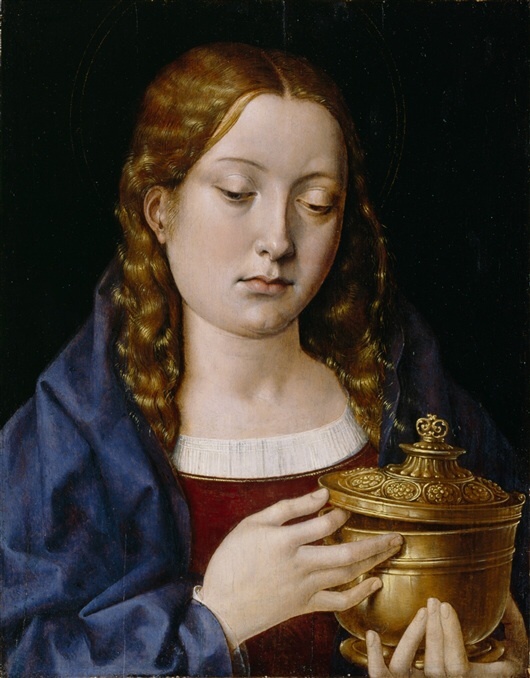A skill taught to centuries of girls across multiple countries and cultures, cross-stitch has been an educational tool, an art, a hobby, and a subversive form of protest. Part one looks at the origins of the craft – and at the skill of the famous Royal girl who popularised it.

It’s one stitch at a time, we all know that. Knit one, purl one. Or, in the case of cross-stitch: stab one, sew one. If you listen very carefully, you can hear the quiet swish of needles whirling across the world.
As one of the oldest forms of embroidery, cross-stitch has existed since the sixth century BC. Pieces of embroidery have been found preserved in ancient Egyptian tombs and in Medieval churches. With its foundations stretching back to the Tang dynasty in China (618 – 906 AD), the craft flourished in the Islamic states where traditionally made hemp cloth stitches were used to create a small repeating pattern in a grid.
Under the Islamic civilisation of the Moors (756 – 1492 AD), ‘blackwork’ became popular in Spain, where it quickly moved into Europe and the Baltic States. Working with black sheep’s wool on white linen, cross-stitch was popularised in England by Catherine of Aragon (1485 – 1536 AD), the first wife of King Henry VIII, when she crafted delicately embroidered shirts for her husband.
Catherine was only fifteen when she arrived in England in 1501, armed with her cross-stitch, her staunch religious beliefs and her unwavering sense of loyalty. Suffering long periods of imprisonment and isolation, Catherine continued to stitch beautiful works. Legend has it that, during her final days in the remote Kimbolton Castle in Huntingdonshire, Catherine taught stitching to the locals, and that they used a pattern named after her long after she passed. A surviving sample of Catherine’s needlework, housed in St. Peter’s Church in Winchcombe, shows her talent. You can check it out here!
Have you ever tried cross-stitch or one of its embroidery cousins? Next time, we’ll look at cross-stitch ‘samplers’ – and how girls as young as six created beautiful works of art that have survived the centuries.
-Rosalie Elliffe
Junior Girl
Girl Museum Inc.
